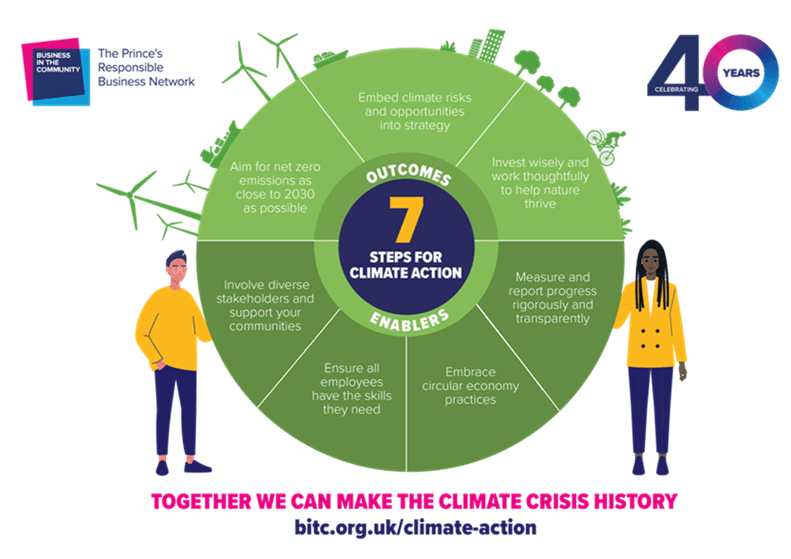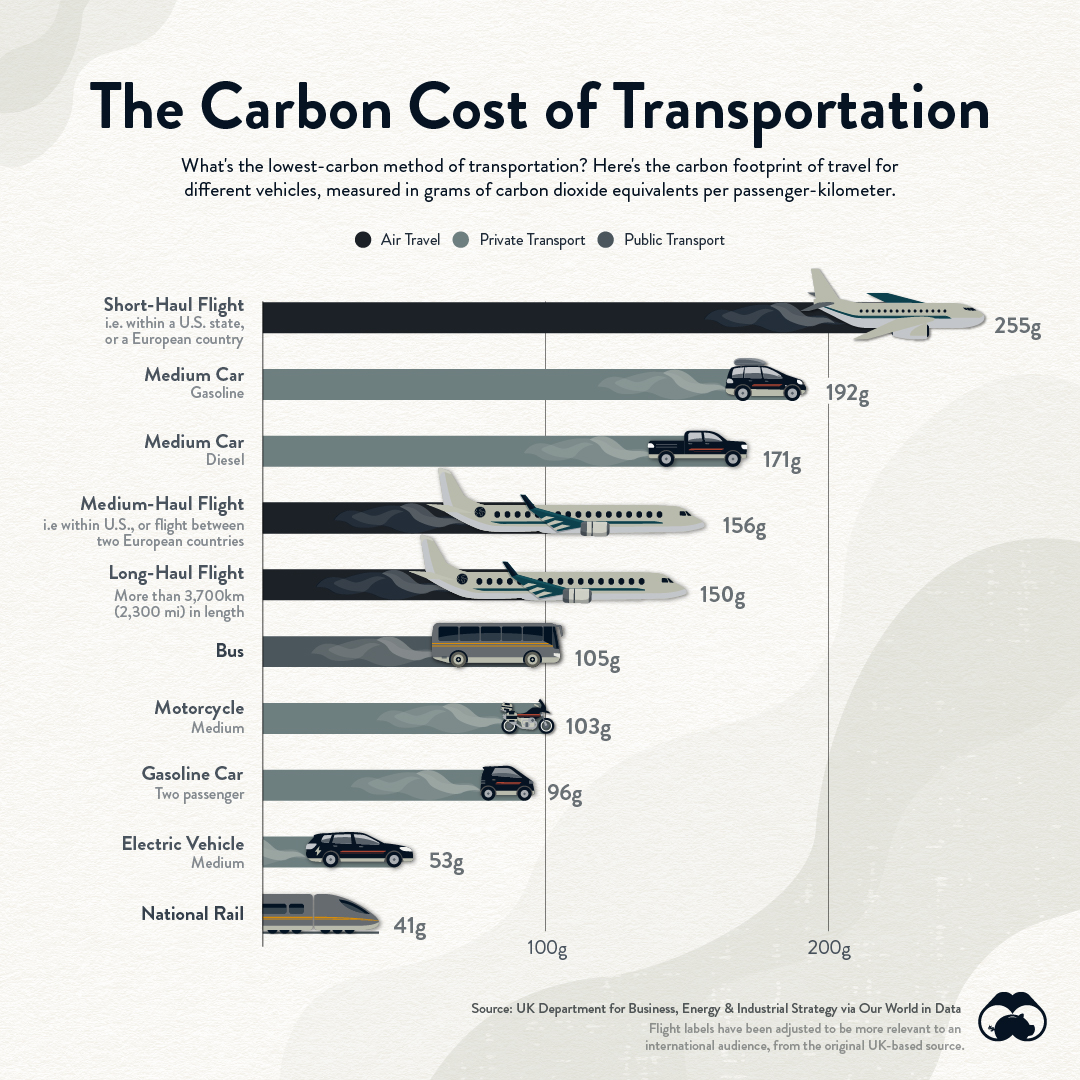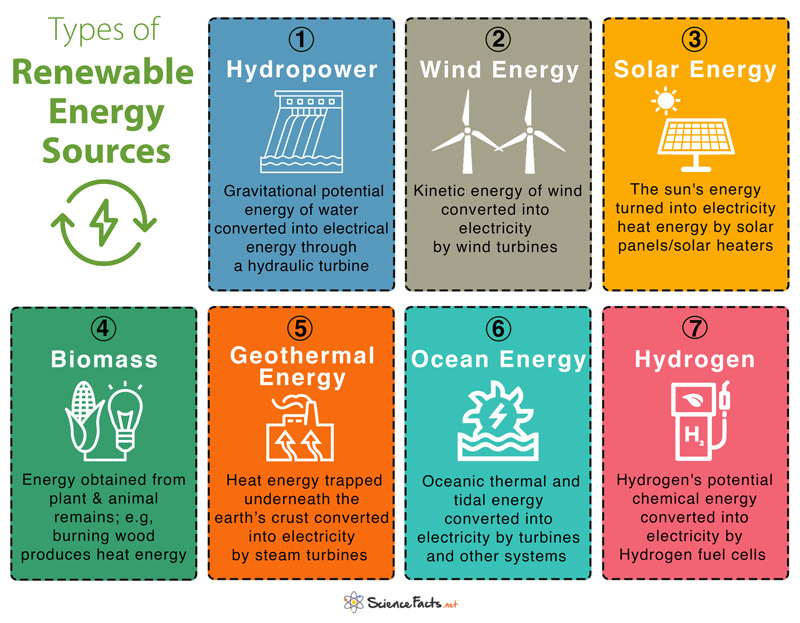That’s where you come in. If you run a company or business, you can position yourself as a leader in sustainability by driving climate action within your business. Here’s how.

Show employees the carbon cost of their decisions
One of the reasons employees struggle to make decisions that reduce greenhouse gas emissions is that they genuinely have no idea of the carbon footprint of their day-to-day activities.
Whether it’s the energy they used to power their computer, the type of milk they choose in their mid-afternoon coffee, or the method they use to commute to work, every action has some level of carbon pollution associated with it.
Pointing out the impact of these decisions (in a non-judgemental, non-shaming way) can help your employees to make choices that help combat climate change.
Take your workforce’s daily commute. As you can see in the diagram below, different types of transportation have wildly varied carbon footprints.
Travelling in a medium car uses around 4 times as much carbon than travelling by train. If your employees are struggling to implement some of the suggestions on your climate action plan, consider incentivising them by covering the cost of annual rail subscriptions or railcards.
Go Renewable
One of the biggest contributors to any household or workplace’s carbon footprint is energy use. That means tackling the climate crisis requires reducing your reliance on seriously damaging fossil fuels.
Not only can switching your energy to renewable sources such as solar and wind help deliver environmental justice, but it’s a positive decision for your long-term finances.
Worried about costs? Don’t be. Renewable costs have already become cheaper than fossil fuels in many situations, so you can future-proof your business by switching today. You no longer have to choose between economic growth and carbon-slashing initiatives.
If you’re in the mood to be ambitious, set your organization a target of net-zero emissions and get as close to it as possible.
Overhaul Your Supply Chain
Many companies make the mistake of only considering their own carbon footprint when evaluating their impact on the changing climate. The problem is, your company’s impact isn’t limited to your own operations.
You have to include the emissions associated with goods you purchase to produce your own products or services.
The best way to tackle this supply chain issue is to evaluate the emissions of your suppliers and work together to identify emission reduction techniques. If your suppliers are unwilling to work with you to reduce their environmental impact, consider whether you’d rather work with other suppliers who prioritise bold action to tackle their GHG emissions.
Rethink Your Waste
No matter which industry you’re in, you probably create much more waste than you realise. And waste – especially the stuff that goes directly to landfill – increases global warming and negatively impacts local communities and public health.
Start by considering ways you can cut down on how much waste you produce. Consider printing less, using less plastic, and avoiding handing out disposable items at your next trade show or networking event.
If you have to create waste, consider how you can dispose of it in a more environmentally-friendly way. Your food and cardboard waste, for example, can be made into compost, which you can use to grow a wellbeing garden for staff, or something similar.
Communicate Your Efforts
Shouting from the rooftops about your climate action isn’t showing off (okay maybe a little bit – but that’s fine).
By communicating your efforts to fight global warming with a bold plan of action that benefits the natural world, you can build trust and credibility that benefits your business in the long run.
Plus, you can inspire others to do their bit for the climate, too. Businesses make decisions led by the direction of the market and their competitors, so if you turn your attention to the climate, you’ll force other companies to up their sustainability credentials.
To take your climate action to the next level while boosting employee engagement, ask your workforce directly for suggestions on how you could become a more eco-friendly workforce, then put these into action with a new initiative to reduce your carbon footprint.
Future-Proof Your Business and the Planet
Making your employees aware of the carbon cost of their actions is one part of the puzzle – implementing your own sustainability measures is another.
You can become a climate leader in your field that inspires action from other organisations by taking bold action now. Not only will reducing your carbon footprint benefit the planet, but it will boost your business too, with 78% of consumers saying that living a sustainable lifestyle is important to them.
Start now, and you’ll soon see results.
- SEO Powered Content & PR Distribution. Get Amplified Today.
- PlatoData.Network Vertical Generative Ai. Empower Yourself. Access Here.
- PlatoAiStream. Web3 Intelligence. Knowledge Amplified. Access Here.
- PlatoESG. Automotive / EVs, Carbon, CleanTech, Energy, Environment, Solar, Waste Management. Access Here.
- BlockOffsets. Modernizing Environmental Offset Ownership. Access Here.
- Source: https://ditchcarbon.com/blog/how-to-really-drive-climate-action/



